Race, IQ, and Social Progress
It seems that race and IQ are always a hot topic. I personally don't understand the hype about IQ but some people think that it is the gospel truth. They swear by it as if there is nothing else that be used to measure intelligence.
Then they want to compare intelligence between people and groups of people, hoping to make a statement about how they rank or how some people are smarter or dumber than others.
Human nature is to be competitive. It is competition for resources (and to some, for the control of those resources) which has enabled the survival of certain individuals and wider cultures over others.
Against this background, we have people who hold an obsession with IQ. They take it quite literally.
They go as far as to make claims based on the results about how measured intelligence ought to be used in the real world such as this one in the famous and controversial book "The Bell Curve" by Charles Murray and Richard Herrnstein:
"The technically precise description of America’s fertility policy is that it subsidizes births among poor women, who are also disproportionately at the low end of the intelligence distribution. We urge generally that these policies, represented by the extensive network of cash and services for low-income women who have babies, be ended.
The government should stop subsidizing births to anyone, rich or poor. The other generic recommendation, as close to harmless as any government program we can imagine, is to make it easy for women to make good on their prior decision not to get pregnant by making available birth control mechanisms that are increasingly flexible, foolproof, inexpensive, and safe."
 |
| Richard Julius Herrnstein (1930-1994) |
 |
| Charles Alan Murray (1943 - ) |
First of all, it assumes too much.
It assumes that poverty is the causative agent for low intelligence. It assumes that the majority of people who are poor chose to be poor and to have a hard life. It suggests that poor people plan their children based on the availability of government programs that help poor people. It asserts that the reason the population of poor people should be fewer than the rich is that the smarter you are, the richer you are and the smarter people are the better people.
Everyone else is apparently useless.
I'm sure there are many statistics cited in this book but from what I've read, there are many other statistics missing. The first is historical context. This book about American intelligence was written just 40 years after all Americans were legally allowed access to the same educational resources that came with the integration of schools. And according to the Civil Rights Project at Harvard University, desegregation of U.S. public schools peaked in 1988. It was written 30 years after all Americans were considered American citizens by the American government with the right of equal protection to decide through the power of their vote who they could elect to positions of influence such as in their local community school boards.
People who use IQ to project ideas about intelligence onto groups of people believe that it is some genetic predisposition which is the only reason that social progress is harder for some groups of people and easier for others. They assume that the world has always been a level playing field and that the reason all people in each successive generation do not start on the same level is that some people worked harder than others. They assume that social progress is only merit-based without regard to class privilege and economic inequality is not rooted in abuses of power.
They might not have heard about the Golem effect or the Pygmalion effect (a.k.a. Rosenthal effect) on Elementary School Teachers.
Robert Rosenthal and Lenore Jacobson's Pygmalion in the Classroom and further experiments have shown that expectations of supervisors or teachers affect the performance of their subordinates or students. The most thoroughly studied situations of this effect are classrooms. When arbitrarily informed that a particular student is "bright" or "dull", not only will the supervisor's behavior change to favor the "bright" students (as indicated by more praise or attention), the students themselves will exhibit behaviors in line with their labels (such as the "bright" students leaning more forward in their chairs relative to the "dull" students).
While the Pygmalion effect and the majority of studies focus on the positive side of this phenomenon, the Golem effect is the negative corollary. Supervisors with negative expectations will produce behaviors that impair the performance of their subordinates while the subordinates themselves produce negative behaviors...When both supervisor and subordinate notice the low performance, the negative expectations are confirmed and the belief is reinforced.
This study supported the hypothesis that reality can be positively or negatively influenced by the expectations of others, called the observer-expectancy effect. Rosenthal argued that biased expectancies could affect reality and create self-fulfilling prophecies.
They might not have heard about the Effect of Stereotype Threat on the Standardized Test Performance of College Students.
Here are some rather remarkable excerpts I found on Wikipedia (for those who just want the juicy bits):
The goal of a study conducted by Desert, Preaux, and Jund in 2009 was to see if children from lower socioeconomic groups are affected by stereotype threat. The study compared children that were 6–7 years old with children that were 8–9 years old from multiple elementary schools. These children were presented with the Raven's Matrices test, which is an intellectual ability test. Separate groups of children were given directions in an evaluative way and other groups were given directions in a non-evaluative way. The "evaluative" group received instructions that are usually given with the Raven Matrices test, while the "non-evaluative" group was given directions which made it seem as if the children were simply playing a game. The results showed that third graders performed better on the test than the first graders did, which was expected. However, the lower socioeconomic status children did worse on the test when they received directions in an evaluative way than the higher socioeconomic status children did when they received directions in an evaluative way.
In 1995, Claude Steele and Joshua Aronson performed the first experiments demonstrating that stereotype threat can undermine intellectual performance. They had African-American and European-American college students take a difficult verbal portion of the Graduate Record Examination (GRE) test.
As would be expected based on national averages, the African-American students did not perform as well on the test. Steele and Aronson split students into three groups: stereotype-threat (in which the test was described as being "diagnostic of intellectual ability"), non-stereotype threat (in which the test was described as "a laboratory problem-solving task that was nondiagnostic of ability"), and a third condition (in which the test was again described as nondiagnostic of ability, but participants were asked to view the difficult test as a challenge). All three groups received the same test.
Adjusted for previous SAT scores, subjects in the non-diagnostic-challenge condition performed significantly better than those in the non-diagnostic-only condition and those in the diagnostic condition. In the first experiment, the race-by-condition interaction was marginally significant. However, the second study reported in the same paper found a significant interaction effect of race and condition. This suggested that placement in the diagnostic condition significantly impacted African Americans compared with European Americans.
Steele and Aronson concluded that changing the instructions on the test could reduce African-American students' concern about confirming a negative stereotype about their group. Supporting this conclusion, they found that African-American students who regarded the test as a measure of intelligence had more thoughts related to negative stereotypes of their group. Steele and Aronson measured this through a word completion task. They found that African Americans who thought the test measured intelligence were more likely to complete word fragments using words associated with relevant negative stereotypes (e.g., completing "__mb" as "dumb" rather than as "numb").
More than 300 published papers show the effects of stereotype threat on performance in a variety of domains. The strength of the stereotype threat that occurs depends on how the task is framed. If a task is framed to be neutral, stereotype threat is not likely to occur; however, if tasks are framed in terms of active stereotypes, participants are likely to perform worse on the task. For example, a study on chess players revealed that female players performed more poorly than expected when they were told they would be playing against a male opponent. In contrast, women who were told that their opponent was female performed as would be predicted by past ratings of performance. Female participants who were made aware of the stereotype of females performing worse at chess than males performed worse in their chess games.
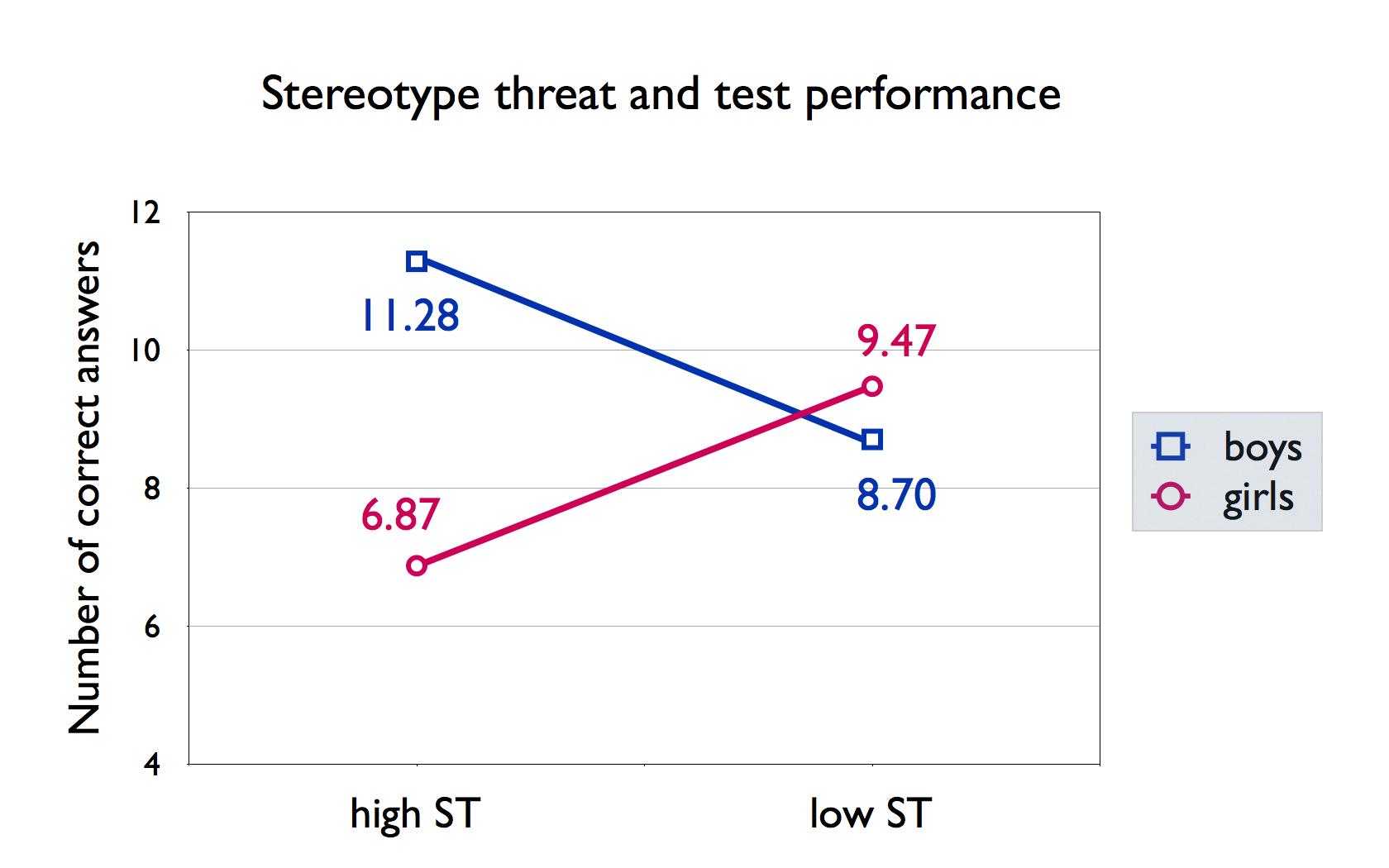 |
| The effect of stereotype threat (ST) on math test scores for girls and boys. Data from Osborne (2007) (via Wikipedia) |
Researchers Vishal Gupta, Daniel Turban, and Nachiket Bhawe extended stereotype threat research to entrepreneurship, a traditionally male-stereotyped profession. Their study revealed that stereotype threat can depress women's entrepreneurial intentions while boosting men's intentions. However, when entrepreneurship is presented as a gender-neutral profession, men and women express a similar level of interest in becoming entrepreneurs. Another experiment involved a golf game which was described as a test of "natural athletic ability" or of "sports intelligence". When it was described as a test of athletic ability, European-American students performed worse, but when the description mentioned intelligence, African-American students performed worse.
Stereotype threat concerns how stereotype cues can harm performance. However, in certain situations, stereotype activation can also lead to performance enhancement through stereotype lift or stereotype boost. Stereotype lift increases performance when people are exposed to negative stereotypes about another group. This enhanced performance has been attributed to increases in self-efficacy and decreases in self-doubt as a result of negative outgroup stereotypes. Stereotype boost suggests that positive stereotypes may enhance performance. Stereotype boost occurs when a positive aspect of an individual's social identity is made salient in an identity-relevant domain. Although stereotype boost is similar to stereotype lift in enhancing performance, stereotype lift is the result of a negative outgroup stereotype, whereas stereotype boost occurs due to activation of a positive ingroup stereotype.
Consistent with the positive racial stereotype concerning their superior quantitative skills, Asian American women performed better on a math test when their Asian identity was primed compared to a control condition where no social identity was primed. Conversely, these participants did worse on the math test when instead their gender identity—which is associated with stereotypes of inferior quantitative skills—was made salient, which is consistent with stereotype threat. Two replications of this result have been attempted. In one case, the effect was only reproduced after excluding participants who were unaware of stereotypes about the mathematical abilities of Asians or women, while the other replication failed to reproduce the original results even considering several moderating variables.
In the long run, the chronic experience of stereotype threat may lead individuals to disidentify with the stereotyped group. For example, a woman may stop seeing herself as "a math person" after experiencing a series of situations in which she experienced stereotype threat. This disidentification is thought to be a psychological coping strategy to maintain self-esteem in the face of failure. Repeated exposure to anxiety and nervousness can lead individuals to choose to distance themselves from the stereotyped group.
Although much of the research on stereotype threat has examined the effects of coping with negative stereotype on academic performance, recently there has been an emphasis on how coping with stereotype threat could "spillover" to dampen self-control and thereby affect a much broader category of behaviors, even in non-stereotyped domains. Research by Michael Inzlicht and colleagues suggest that, when women cope with negative stereotypes about their math ability, they perform worse on math tests, and that, after completing the math test, women may continue to show deficits even in unrelated domains. For example, women might overeat, be more aggressive, make more risky decisions, and show less endurance during physical exercise.
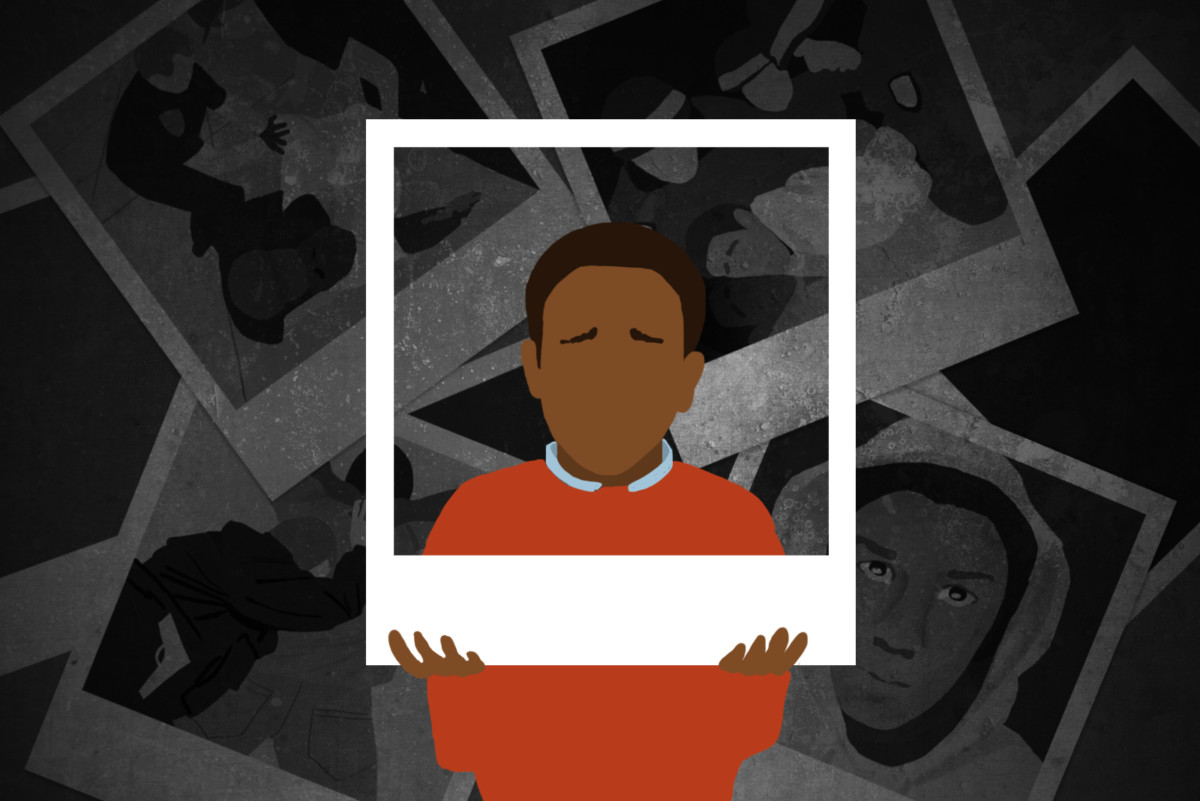 |
| Image Credit: Lauren Walker / Truthout |
The perceived discrimination associated with stereotype threat can also have negative long-term consequences on individuals' mental health. Perceived discrimination has been extensively investigated in terms of its effects on mental health, with a particular emphasis on depression. Cross-sectional studies involving diverse minority groups, including those relating to internalized racism, have found that individuals who experience more perceived discrimination are more likely to exhibit depressive symptoms. Additionally, perceived discrimination has also been found to predict depressive symptoms in children and adolescents. Other negative mental health outcomes associated with perceived discrimination include a reduced general well-being, post-traumatic stress disorder, anxiety, and rebellious behavior. A meta-analysis conducted by Pascoe and Smart Richman has shown that the strong link between perceived discrimination and negative mental health persists even after controlling for factors such as education, socioeconomic status, and employment.
Imagine being the only black person in your class.
Imagine the mental struggle (cognitive dissonance) that goes with trying to disassociate yourself with a group that you see every time you look in the mirror all because your society and the people around you associate that group with negative qualities.
 |
| Image Credit: Lauren Walker / Truthout |
Regardless of their intelligence quotient, people who think only of IQ cannot hope to understand these concepts.
They probably never read the United Nations report on the correlation between having black DNA in America and having low income, greater food insecurity, higher suspension rates, and more school closures in your community. Social trends towards athletics or entertainment over the arts or the sciences for some groups over others does not matter. Exclusionary policies in the business world as a result of racial bias (as with corporate hiring and networking) do not matter to them, either.
 |
| Image Credit: Jared Rodriguez / Truthout |
Nope. None of these factors that actually have direct correlations with healthy intellectual/emotional development and educational performance actually factor into social progress at all. A person who has had to focus all of their instinctive energies towards the thoughts of how they will sleep tonight, what they will eat tomorrow, and how they will pay the next bill has an equal chance as a person who has their basic needs met with extra time to count the stars and collect books to score high on an exam about how to dissect a paragraph, how to interpret shapes, and how many watermelons are left after Sally trades with Susan. Add to them the complications of self-esteem, the sense of belonging, and personal safety, and still, the social pressures of the former individual are not so important.
All that matters are the results of an IQ test and nothing else. 💁🏿♂️
All that matters are the results of an IQ test and nothing else. 💁🏿♂️
Reading about these studies brings to mind my own experiences in the public school system and now in college. I, too, have been subjected to the stereotype threat. I know all too well what it is like taking a test based on my critical thinking, reading comprehension skills, and spacial reasoning skills, all while pitting myself against everyone else in the room in my own mind, turning over the inadequacies and summoning whatever positivities I could to boost my potential from within. I needed to know there was something special there inside that mortal shell. There was a reason why this awkward Black child with such a different name was sitting in an advanced class with all these gifted students.
Towards the end of his book, Murray writes that the only way to remedy the 'group differences in cognitive ability' is by 'a return to individualism'. While he clearly acknowledges that there is a strong social structure in place which benefits an elite class and that the elite class actively exploits the privileges of their position to make it 'harder and harder for them to lose', he advocates a departure from measures that focus on helping those at the lower end of the social spectrum to liberate themselves through the traditional avenues of the system. He calls for an end to affirmative action. He suggests that the solution is for each person to be left to their own struggle. The problem is that we don't live in a society that was ever defined by individualism, but historically how one group could oppress another for their own success. Native American people and Black people were oppressed so that White people could rule. Women were oppressed so that Men could rule. Poor people were oppressed so that rich people could rule.
These socioeconomic distinctions between groups of people which were cemented by a consistent conundrum of laws and deeds will continue unchecked unless they are addressed directly with a radical plan implemented to remove as many barriers to cognitive development as possible.
Whatever their intent, Murray and Hernstein did not grow up in a world of equal opportunity and equality for all. They were born during a violent era for people who did not look like them. They lived during a time when they could visit any public institution they wanted to, travel whichever way they wanted to, sleep wherever they wanted to, eat wherever they wanted to, relieve themselves wherever they wanted to, play wherever they wanted to, work wherever they wanted to, and learn wherever and however they wanted to. They were well aware of the America that they were writing about. Wasn't it the same America they saw every day in the streets, in the press, and on the television terrorizing people who had the sense to proclaim their humanity?
It really begs the question: where were they physically and where were they mentally?
Whatever their intent, Murray and Hernstein did not grow up in a world of equal opportunity and equality for all. They were born during a violent era for people who did not look like them. They lived during a time when they could visit any public institution they wanted to, travel whichever way they wanted to, sleep wherever they wanted to, eat wherever they wanted to, relieve themselves wherever they wanted to, play wherever they wanted to, work wherever they wanted to, and learn wherever and however they wanted to. They were well aware of the America that they were writing about. Wasn't it the same America they saw every day in the streets, in the press, and on the television terrorizing people who had the sense to proclaim their humanity?
It really begs the question: where were they physically and where were they mentally?
Even now, Murray remains unapologetic about his reasoning in regards to Race and IQ as he established in his book.
The Bell Curve was a best seller. It is clear that for many Americans, the Murray and Hernstein side of America is the only one they will ever see. They won't see the injustices in the legal system, the absence of positive representation in public media, or the appropriation of a community's resources. They surely could not live my own experiences, either. That is something which can never be contained between two cardboard covers.
Even today, the residual effects continue and stereotypes which are ingrained within many layers of our society still affect the way that we perform on a collective and individual level.
Here are two tips for educators from the article:
The Bell Curve was a best seller. It is clear that for many Americans, the Murray and Hernstein side of America is the only one they will ever see. They won't see the injustices in the legal system, the absence of positive representation in public media, or the appropriation of a community's resources. They surely could not live my own experiences, either. That is something which can never be contained between two cardboard covers.
Even today, the residual effects continue and stereotypes which are ingrained within many layers of our society still affect the way that we perform on a collective and individual level.
 |
| Image Credit: Jared Rodriguez / Truthout (via Flickr) |
Here are two tips for educators from the article:
Have participants engage in self-affirmation, which is a process in which participants write about a value that is important to them. In 2006, researchers Geoffrey L. Cohen, Julio Garcia, Nancy Apfel, and Allison Master found that a self-affirmation exercise (in the form of a brief in-class writing assignment) significantly improved the grades of African-American middle-school students, and reduced the racial achievement gap by 40%. Cohen et al. have suggested that the racial achievement gap could be at least partially ameliorated by brief and targeted social-psychological interventions. One such intervention was attempted with UK medical students, who were given a written assignment and a clinical assessment. For the written assignment group, white students performed worse than minority students. For the clinical assessment, both groups improved their performance maintaining the racial difference. Allowing participants to think about a positive value or attribute about themselves prior to completing the task seemed to make them less susceptible to stereotype threat.
Increase participants' feelings of social belonging within the academic world. Greg Walton and Geoffrey Cohen were able to boost the grades of African-American college students, as well as eliminate the racial achievement gap over the first year of college, by telling participants that concerns about social belonging tend to lessen over time. Allowing individuals to feel as though they are welcomed into a desirable group makes them more likely to ignore stereotypes. If minority college students are welcomed into the world of academia, they are less likely to be influenced by the negative stereotypes of poor minority performance on academic tasks.
These sound like some practical solutions that meet the individual where they are and challenge each person to be the best they can be. If we truly want to measure the abilities of all people to reach their full potential, then let us play for real. Equalize the game and then we can keep the score.
Even the good old qualities of hard work and determination do not materialize out of thin air. They must be reinforced by the presence of motivators and supported through a concerted effort towards the reversal of negative energy within the social environment.
Is intelligence based entirely on nature or on nurture?
Is intelligence based entirely on nature or on nurture?
It doesn't take the intelligence of a rocket scientist to tell that the results of these studies speak for themselves. Even Murray has acknowledged that the environmental component is certainly involved in cognition, though he greatly undermines its significance.
And for many of us, especially the elitists, whether or not we ever do learn that genetics plays as great a role, our reaction will be the same. We will continue to gloat in this thing called IQ. We will continue to say that those who share the qualities of our genetics are better than those who do not. We will continue to ignore the inequalities that we see in the world around us and we will continue to proclaim that all of these disparities are justified.
But there are many more ways than one to test for human intelligence.
And there are tests of greater importance than tests of human intelligence.
For one, there is the test of humanity.
In the ultimate test of life - its struggles and triumphs - IQ is only a number.
And for many of us, especially the elitists, whether or not we ever do learn that genetics plays as great a role, our reaction will be the same. We will continue to gloat in this thing called IQ. We will continue to say that those who share the qualities of our genetics are better than those who do not. We will continue to ignore the inequalities that we see in the world around us and we will continue to proclaim that all of these disparities are justified.
But there are many more ways than one to test for human intelligence.
And there are tests of greater importance than tests of human intelligence.
For one, there is the test of humanity.
In the ultimate test of life - its struggles and triumphs - IQ is only a number.

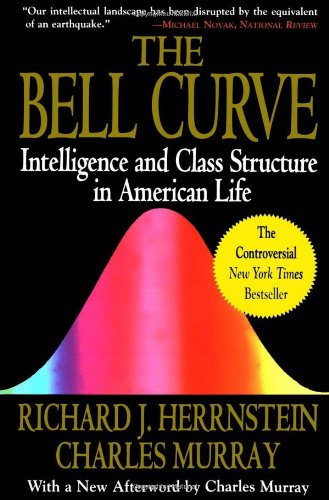
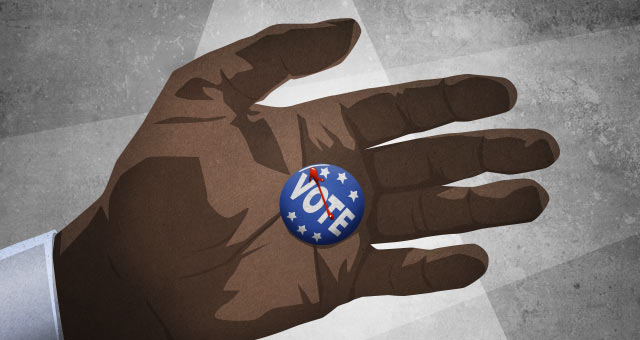
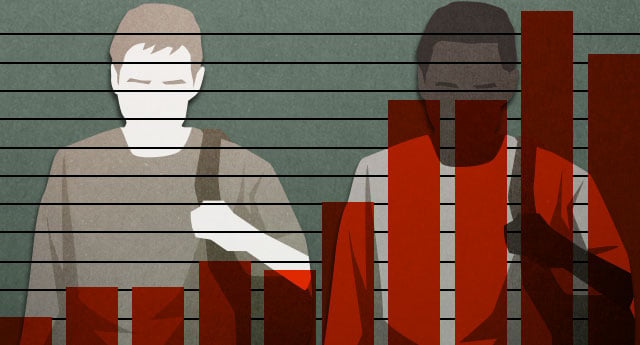


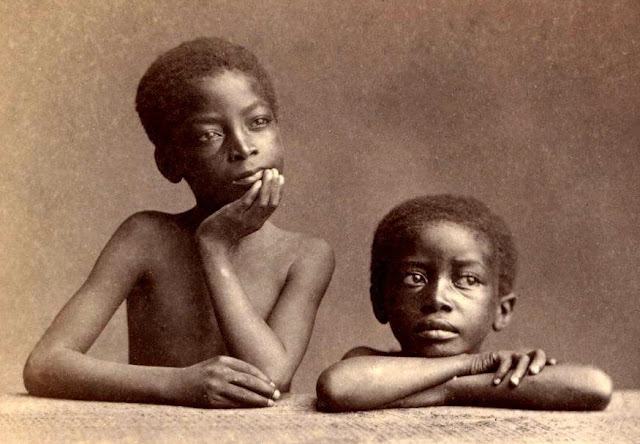

Comments
Post a Comment